|
By Andrej Babicky, Certified Natural Perfumer and Raw Material Extraction Methods Expert Unveiling the Ancient Art of Enfleurage: Capturing the Essence of Flowers Natural perfumery it's not just about creating amazing fragrances, but also about growing flowers and extracting essences. One technique that holds a special place in this aromatic world is enfleurage. It's all about capturing the magical essence of a flower to make one-of-a-kind scents. So, let's dive into the enchanting process of enfleurage and get tangled up in the mesmerizing world of scents! It is to the Greeks that we owe the addition of oils scented with flowers to spices, gums and balms. The flowers and plants used for export must be transformed to be preserved. Olive oil, one of the main wealth of Greece, was used as an ointment and as an excipient in the manufacture of perfumed oils. The Greeks practiced enfleurage and very early developed the art of making perfumes. During the mid-1700s. Grasse became a thriving center for industrial production and essence extraction, thanks to the refinement of this technique. However, in today's modern perfume industry, enfleurage is considered more of a historical extraction method. Solvent extractions and the utilization of aromatic molecules have taken precedence. Nonetheless, with the recent resurgence of interest in natural perfumery, some perfumers have embraced enfleurage once again, making slight modifications to the classical procedure and achieving remarkable results. Enfleurage is primarily employed for flowers that contain small quantities of essence or delicate blossoms that could be compromised by other extraction methods. The technique capitalizes on the principle of fat absorption, where the most volatile aromatic molecules are captured by a fat medium upon contact. Various fats, such as lard, ox fat, lamb fat, vegetable oils, mineral oils, and even Vaseline, were traditionally used. Often, a combination of fats was employed, and the specific formula was carefully guarded as an industrial secret, tailored to different flowers and extraction seasons. The unique property of fats to adsorb odorous substances is harnessed when other extraction methods fail to capture the desired scent from flowers or plants. In enfleurage, the flowers are placed in direct contact with the fat, be it in liquid or solid form, until the fat becomes saturated with the perfume. Enfleurage can be performed using either the hot or cold method, depending on the flower and desired outcome. Nowadays, enfleurage is predominantly practiced for illustrative and educational purposes, as it is a labor-intensive and costly process. During cold enfleurage, flowers were placed daily on frames coated with a thick layer of fat. It took approximately 60 days for the fats to absorb the fragrance fully. For instance, 25 kilograms of jasmine flowers were required to perfume one kilogram of fat, while a mere two kilograms of tuberose flowers achieved the same result. This exemplifies the delicate nature of enfleurage and its ability to capture the essence of a flower in minute quantities. Enfleurage holds a special allure for many, as it manages to capture the ethereal essence and aromatic breath of a flower, entwining them in a magical alchemical process. While it may be a time-consuming and demanding technique, it offers a more intimate and personal relationship with the raw materials. For those fortunate enough to have a garden, a balcony, or even just a window, enfleurage can be an enchanting experiment worth undertaking. Through cultivation and extraction, one can discover unexpected and delightful results, forming a deeper connection with nature's fragrant gifts. Enfleurage stands as a testament to the artistry and craftsmanship of perfumery.
It allows us to delve into the essence of flowers, their fleeting beauty and transforming it into olfactory masterpieces. While modern techniques have largely replaced enfleurage in commercial perfume production, its revival among natural perfumers showcases its enduring charm and the endless possibilities it holds. So, why not embark on your own scented adventure and uncover the captivating world of enfleurage following our course of Natural extraction techniques? Discover more about the Natural Raw Material Extraction Methods
0 Comments
By ANDREJ BABICKY, IPF Chair Italy Natural Perfumer, Olfaction Trainer and Raw Material Extraction Methods Expert The arrival of winter brings to mind old memories of my childhood spent in Eastern Europe, precisely in Slovakia, in a small village surrounded by changes and woods. The days were cold, wet and short. When evening approached, my grandmother, a woman already old and consumed by work, even when she was young, used to prepare strong black tea with spices. with just a drop of honey. She made us sit around the table telling us fairy tales. I vividly remember those moments: the wood crackling in the old stove, the smell of the cast iron top heated by the flame. Grandmother used to put on the stove some oranges or mandarins that perfumed the room and grains of incense, which slowly melted creating an olfactory background to the stories. Along with the love for roses, my grandmother also transmitted to me the love for these smells that for me are always associated with the traditions that revolved around the winter solstice, the day I was born. Many years later I had the opportunity to meet a person who travels the world in search of new and special raw materials. I call him the Indiana Jones of incense. In addition to researching these raw materials, he teaches indigenous peoples how to extract them to create a sustainable production cycle. Together with him and through his acquaintances, I had the opportunity to discover new essences. Returning to us, I have always been fascinated by this mix of aromas that accompanied my childhood. I've always looked for the best way to catch them. Living part of the time in the country house, the most used material to heat it is wood. Some of the essences have strongly perfumed woods, while others, after a period of seasoning, acquire particular aromatic nuances. Among my favorites that I often use in alcohol extractions are lime, acacia, pine, larch, magnolia. They are woods that are easy to manipulate and shred or you can buy shavings or sawdust as waste material in sawmills. The wooden material (small pieces, sawdust, shavings, twigs) I let them dry then I proceed with extraction with alcohol in the form of dye. I leave the material to macerate for several weeks, sometimes for months because from my personal experience, the aroma of the final extract is richer and fuller. There are two other kinds of wood that I love to use: two species of oak Quercus Petraea and Quercus Robur Both are easy to find. I collect the fallen branches, let them dry, grind them and then I toast them in the oven to enhance their woody, smoky and spicy aspects. Resins such as various types of incense, myrrh, balms are readily available. They are odorous substances of vegetable origin, insoluble in water but often fat-soluble and of high molecular weight. Some of them are exudates, while others are an integral part of the tissues of the plant itself. They have various chemical compositions and can occur spontaneously or due to stress. They have very distinct olfactory profiles and can add warm or cold aspects to a blend depending on the raw material used. They give depth, sometimes a dark and mysterious character, they can serve to anchor the other essences in a blend. The resins may be extracted by distillation, extraction with solvents such as, for example, alcohol that is easy to perform even at home. A very particular extraction process is to capture the smell emanating from a resin if burned or heated. To discover this method and others, I invite you to enrol in the raw material extraction course where different techniques and different raw materials are dealt with. Prepare an Interior Christmas Perfume
Different spices are also part of our daily life. I must confess that I don't extract most of them directly, only some particular spices such as certain types of pepper, wild carrot seeds and mace, the shell that covers the nutmeg seed. In the winter I prepare an alcohol-based Interior Christmas Perfume, a mixture composed of: 20g of cloves 10g part of cinnamon Zest of an orange Some eucalyptus leaves 3/4 bay leaves 1 sprig of rosemary 1 nutmeg 1 tonka bean 10 drops of fir essential oil All the dry material is crushed in a mortar, poured into a glass container and covered with 300 ml of alcohol. The container is left to rest for 2 weeks, shaking it frequently. After two weeks, the content is filtered and is ready to be used to perfume the rooms, Christmas decorations or doormats in front of the house. It is an old recipe from my grandmother who instead of alcohol boiled all the material together but for easy storage, the formula was reworked with an alcohol base and with the addition of some raw materials. |
Archives
March 2024
Categories
All
|
- Home
- About
- Why choosing us
- Mission
- Academicians
- IPF Certification
-
COURSES
-
MASTER CLASSES
- Teaching Methodology
- Natural Raw Material Extraction Methods >
- Natural Candle Making
- Healing Gardening
- Sustainable Oud MasterClass
- World Perfume History Master Class
- Scent Design and Formula Building >
- Fragrant Botany & Chemistry >
- Perfume Design, Concept and Storytelling
- French Natural Aromachology #1
- French Natural Aromachology #2
- Olfaction Training for Children
- Accords - Musks
- Accords - Chypre
- Accords - White Florals 1
- Accords - Fougeres and Aromatics
- FRAGRANCE DEVELOPMENT
- SPEAKERS
- EXHIBITIONS
- Partners
- Blog
- Contact
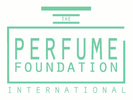
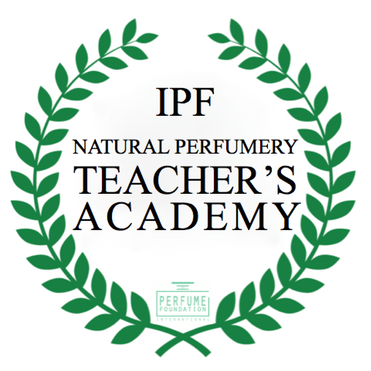
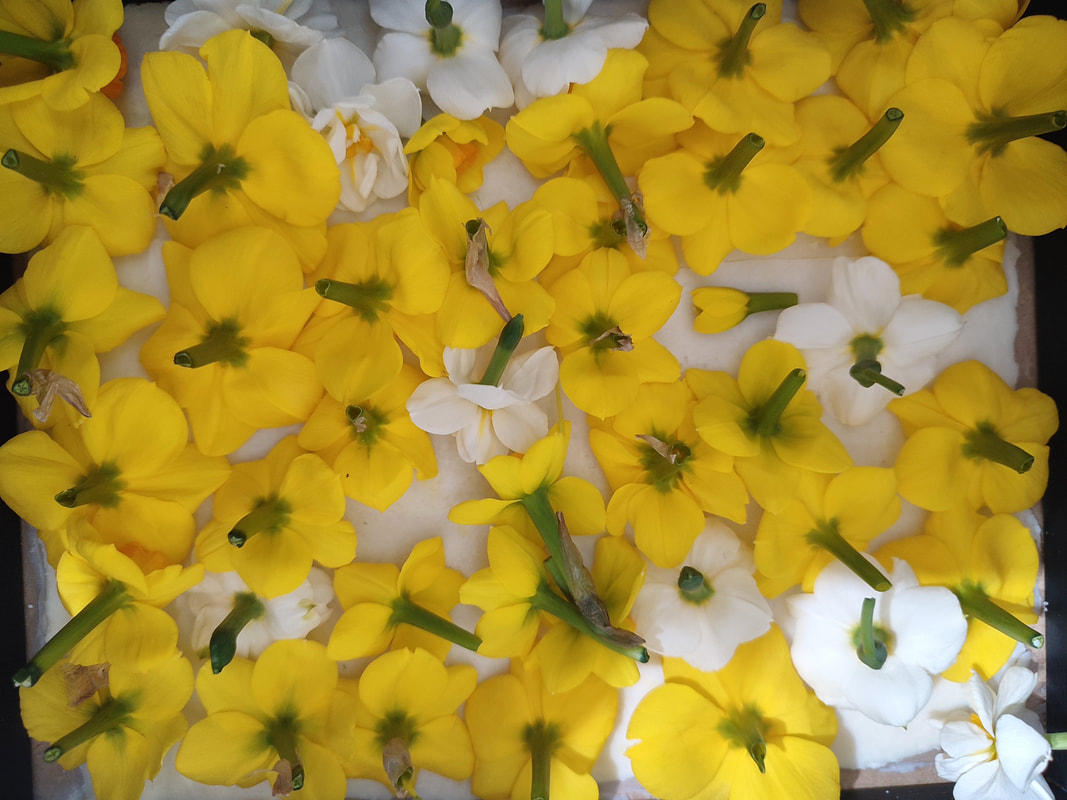
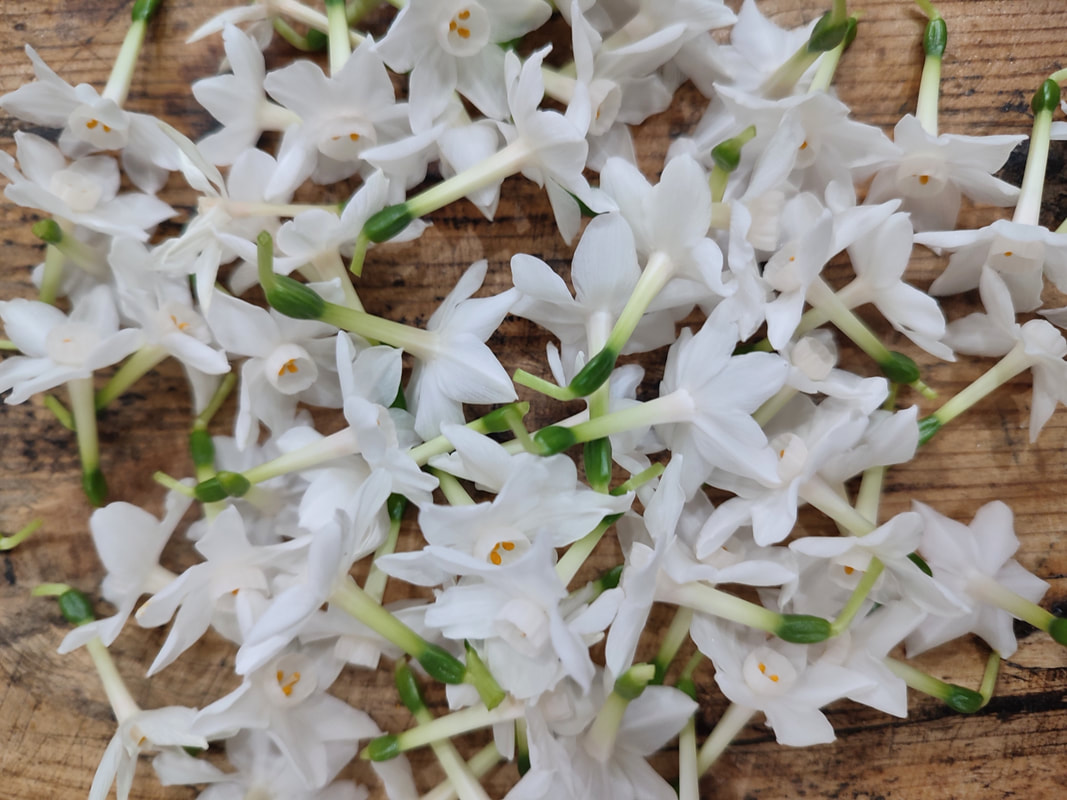



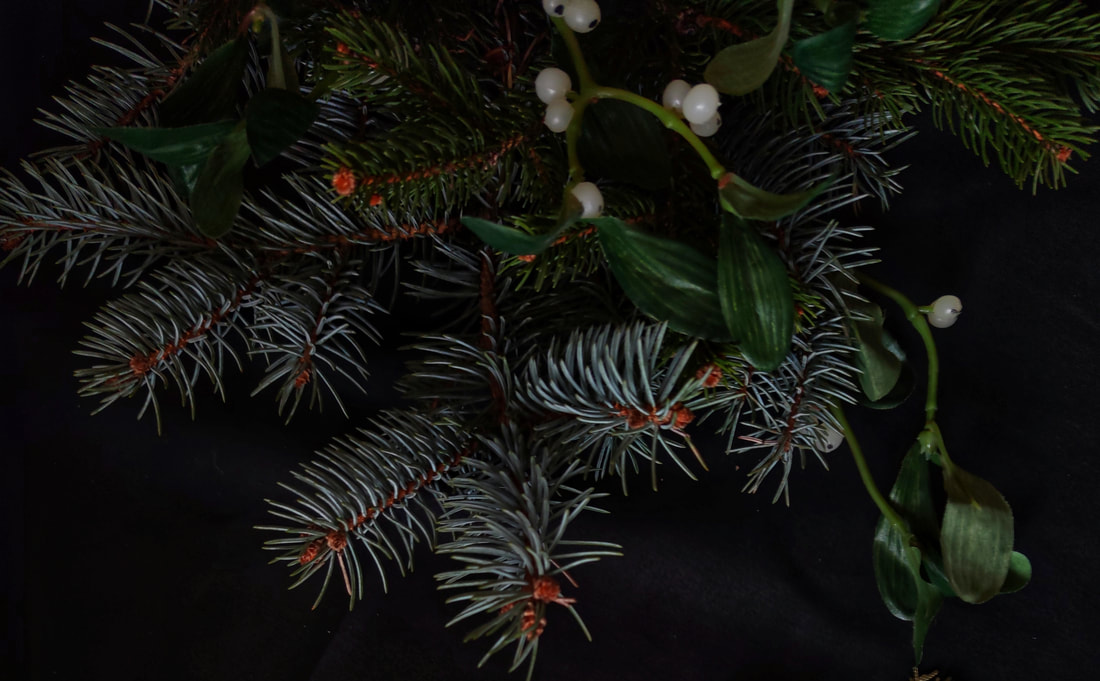
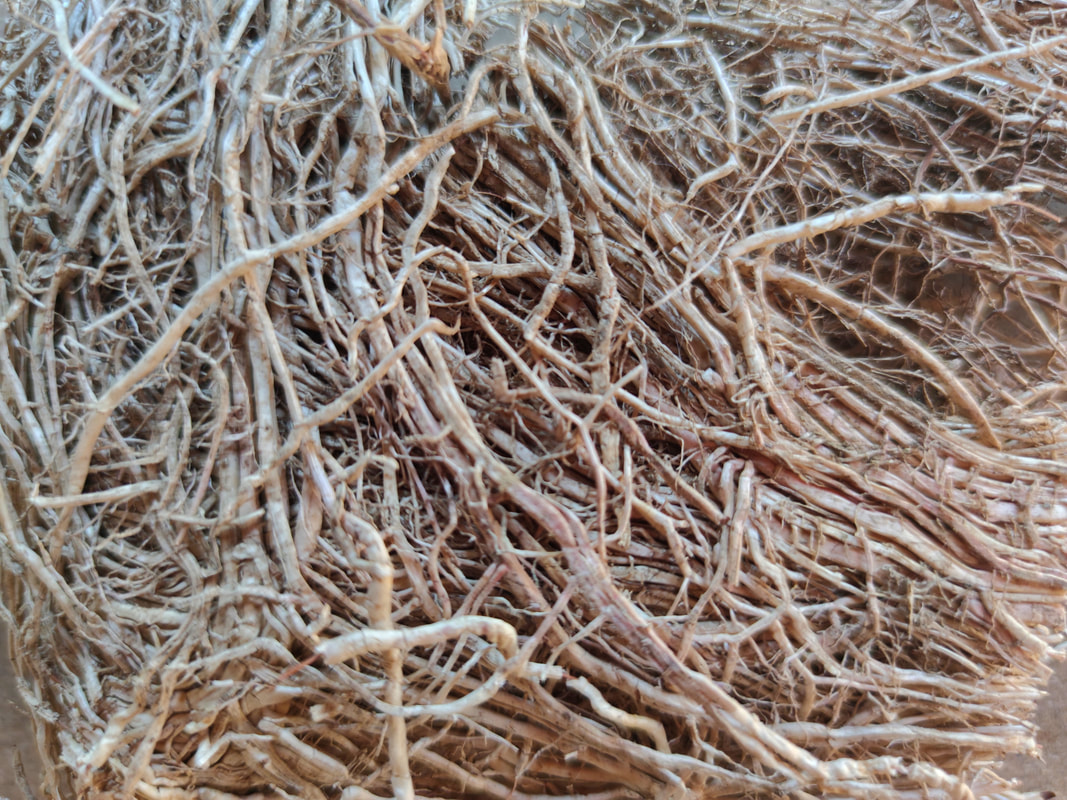

 RSS Feed
RSS Feed
